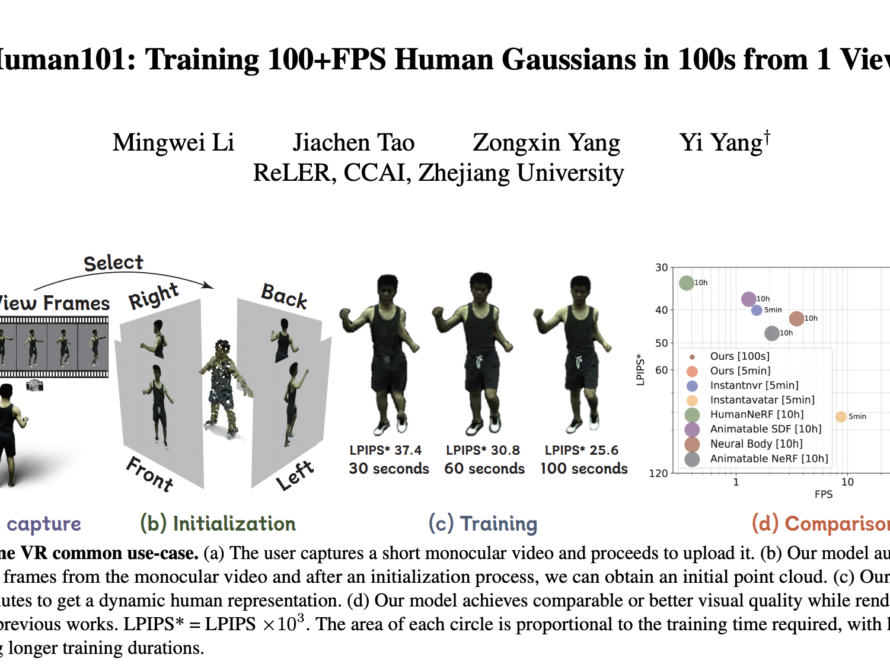Label-efficient segmentation has emerged as a crucial area of research, particularly in point cloud semantic segmentation. While deep learning techniques have advanced this field, the reliance on large-scale datasets with point-wise annotations remains a significant challenge. Recent methods have explored weak supervision, human annotations, and techniques such as perturbed self-distillation, consistency regularization, and self-supervised learning to address this issue. Pseudo-labeling has also gained prominence as an effective strategy for utilizing unlabeled data.
Despite these advancements, existing methods often involve complex training processes and focus primarily on 2D image segmentation. The 3D domain, which frequently deals with highly sparse labels, remains underexplored. Semi-supervised segmentation approaches, including entropy minimization and consistency regularization, have shown promise. However, the unique challenges posed by 3D point clouds necessitate the development of more generic, modality-agnostic segmentation methods that can effectively handle both 2D and 3D data while improving noise reduction and label efficiency.
Label-efficient segmentation addresses the challenge of performing effective segmentation using limited ground-truth labels, a critical issue in both 3D point cloud and 2D image data. Pseudo-labels have been widely utilized to facilitate training with sparse annotations, but often struggle with noise and variations in unlabeled data. Recent research proposes novel learning strategies to regularise pseudo-labels, aiming to narrow gaps between generated labels and model predictions. Entropy-Regularized Distribution Alignment (ERDA) incorporates entropy regularization and distribution alignment techniques to optimize both pseudo-label generation and segmentation model training simultaneously. Such methods demonstrate superior performance across various label-efficient settings, often outperforming fully supervised baselines with minimal true annotations, representing significant advancements towards modality-agnostic label-efficient segmentation solutions.
Researchers have developed a novel approach called ERDA to enhance label-efficient segmentation across 2D images and 3D point clouds. ERDA addresses challenges of noise and discrepancies in pseudo-labels generated from unlabeled data by incorporating Entropy Regularization (ER) and Distribution Alignment (DA) components. ER reduces the entropy of pseudo-labels, encouraging more confident and reliable predictions, while DA aligns the distribution of pseudo-labels with model predictions using Kullback-Leibler divergence. This combination refines pseudo-labels, improving the model’s learning process and overall segmentation performance.
The methodology introduces a query-based pseudo-labeling approach, generating high-quality, modality-agnostic pseudo-labels suitable for both 2D and 3D data. ERDA’s flexibility allows application to various label-efficient segmentation tasks, including semi-supervised, sparse labels, and unsupervised settings. Implementation is straightforward, reducing to a cross-entropy-based loss for simplified training. Experimental results demonstrate ERDA’s superior performance compared to previous methods across various settings and datasets, showcasing its effectiveness in both 2D and 3D modalities and marking a significant contribution to the field of label-efficient segmentation.
Experimental results demonstrate ERDA’s effectiveness in label-efficient segmentation across 2D and 3D modalities. In 2D segmentation, ERDA significantly improves performance in unsupervised settings. For 3D tasks, notable improvements are achieved, with models like RandLA-Net and CloserLook showing increases of +3.7 and +3.4 in mean Intersection over Union (mIoU), respectively. ERDA outperforms many fully supervised methods with only 1% of labels, highlighting its robustness in limited-data scenarios. Ablation studies validate the contributions of different components, while statistical properties evaluation supports the reliability of generated pseudo-labels. Overall, ERDA advances label-efficient learning, achieving state-of-the-art performance across various datasets and modalities.
In conclusion, this paper introduces ERDA, a novel approach for modality-agnostic label-efficient segmentation. ERDA addresses challenges of insufficient supervision and varying data processing techniques across 2D and 3D modalities. By reducing noise in pseudo-labels and aligning them with model predictions, ERDA enables better utilization of unlabeled data. The method’s query-based pseudo-labels contribute to its modality-agnostic nature. Experimental results demonstrate ERDA’s superior performance across various datasets and modalities, even surpassing fully-supervised baselines. While limitations exist, such as assuming complete coverage of semantic classes, ERDA shows promise for generalization to medical images and unsupervised settings, suggesting potential for future research combining label-efficient methods with large foundation models.
Check out the Paper. All credit for this research goes to the researchers of this project. Also, don’t forget to follow us on Twitter and LinkedIn. Join our Telegram Channel. If you like our work, you will love our newsletter..
Don’t Forget to join our 50k+ ML SubReddit
Shoaib Nazir is a consulting intern at MarktechPost and has completed his M.Tech dual degree from the Indian Institute of Technology (IIT), Kharagpur. With a strong passion for Data Science, he is particularly interested in the diverse applications of artificial intelligence across various domains. Shoaib is driven by a desire to explore the latest technological advancements and their practical implications in everyday life. His enthusiasm for innovation and real-world problem-solving fuels his continuous learning and contribution to the field of AI




